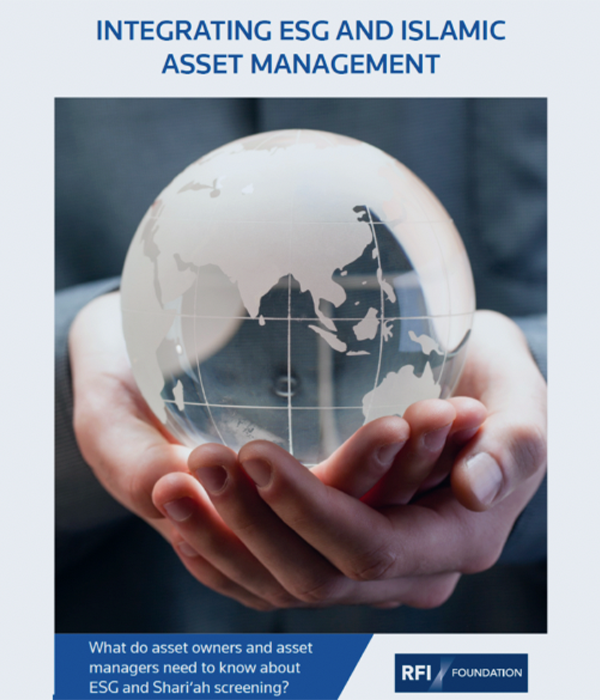The RFI Foundation and INCEIF together conducted a quantitative research study to investigate the interaction between environmental, social & governance (ESG) screens and Shari’ah screens across nearly 20 years of data with a global data set analyzed at the regional level for the United States, Europe and developed Asia-Pacific and for a range of Emerging Markets. This pioneering study found significant evidence that investors cannot expect the integration of ESG and Shari’ah screens to be neutral on their returns, volatility or factor exposures. We also found differences in analyzing panel data of ESG scores integration with Shari’ah screening for aggregate ESG scores and their decomposition into E, S and G.
The link attached to the report cover will take you to download the white paper outlining some the findings, as well as the full article version which includes a detailed overview of the methodology, data and results. This web database includes all of the data available in the full research article organized to make it easier to dig into the data. We provided this database because the research we conducted was novel and produced so many findings that we could only scratch the surface in the white paper summary of our findings.
We believe that others can take our findings and dig into them to identify other avenues for research, whether by Ph.D. students, academics or industry. We want to know how you’ve used the data and will be happy to share information about how we approached this research and other avenues for future research. Please reach out to us using our main contact form here.
We've organized the data here into sections shown in the bar at the top of the screen. Common across all of them except the panel data are the grouping into 10 ESG and Shari’ah screening quartiles. We refer to these as P1 – P10 which refer to different combinations defined by whether a company is Shari’ah compliant (P1 – P5) or not (P6 – P10). The differences within each of these categories are defined by quartile for those companies with an ESG score (P1 – P4 and P6 – P9) organized from highest quartile (first quartile) to lowest (fourth quartile). Companies without an ESG score are still included in the analysis but are grouped into P5 and P10 for Shari’ah-compliant and Shari’ah non-compliant, respectively.
| Shari'ah Compliant | Shari'ah Non-Compliant | |
|---|---|---|
| ESG Highest Quartile | P1 | P6 |
| ESG Second Quartile | P2 | P7 |
| ESG Third Quartile | P3 | P8 |
| ESG Lowest Quartile | P4 | P9 |
| No ESG Score | P5 | P10 |
There are more details on each tab, and full methodology is outlined in the full article.
